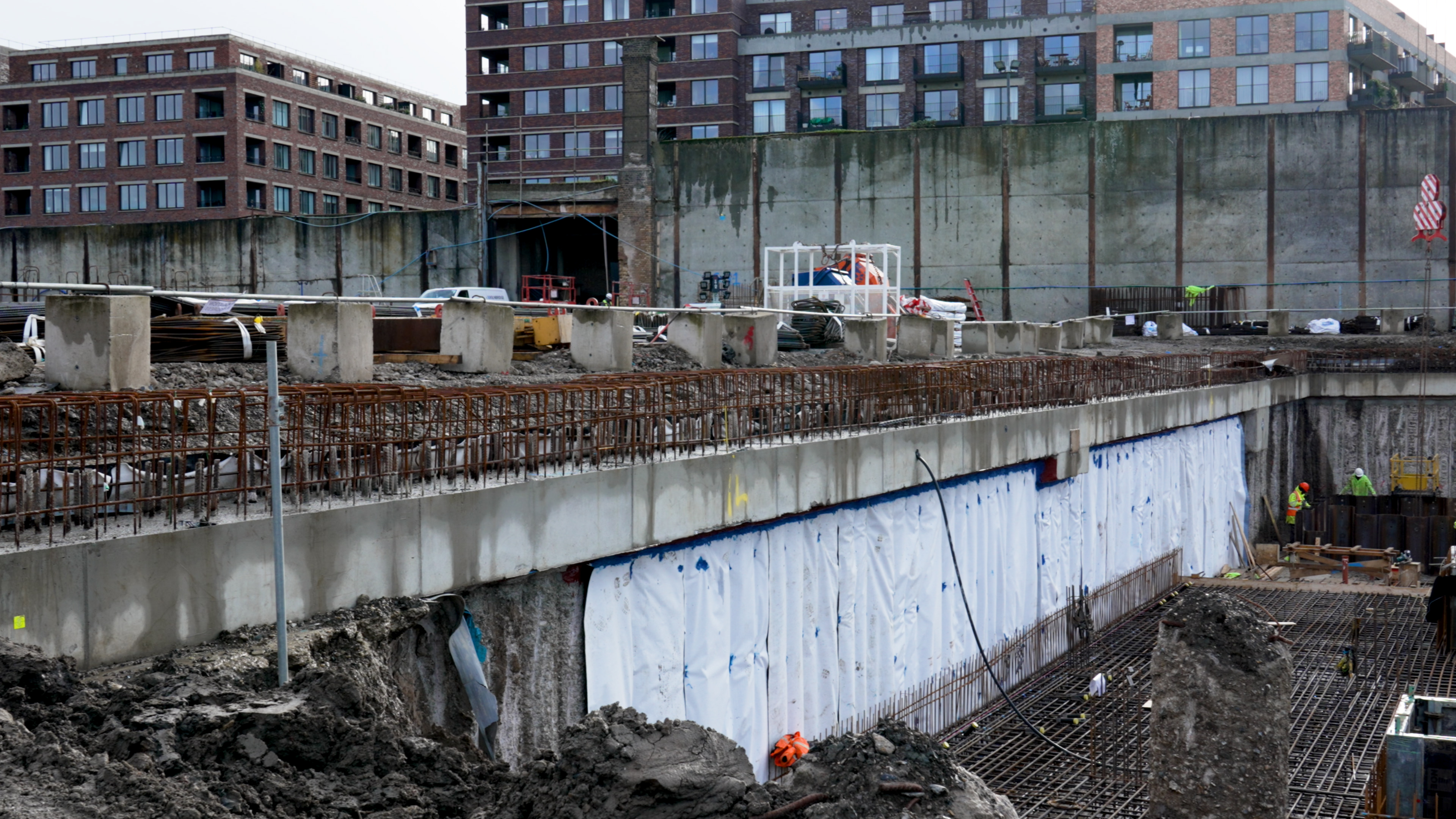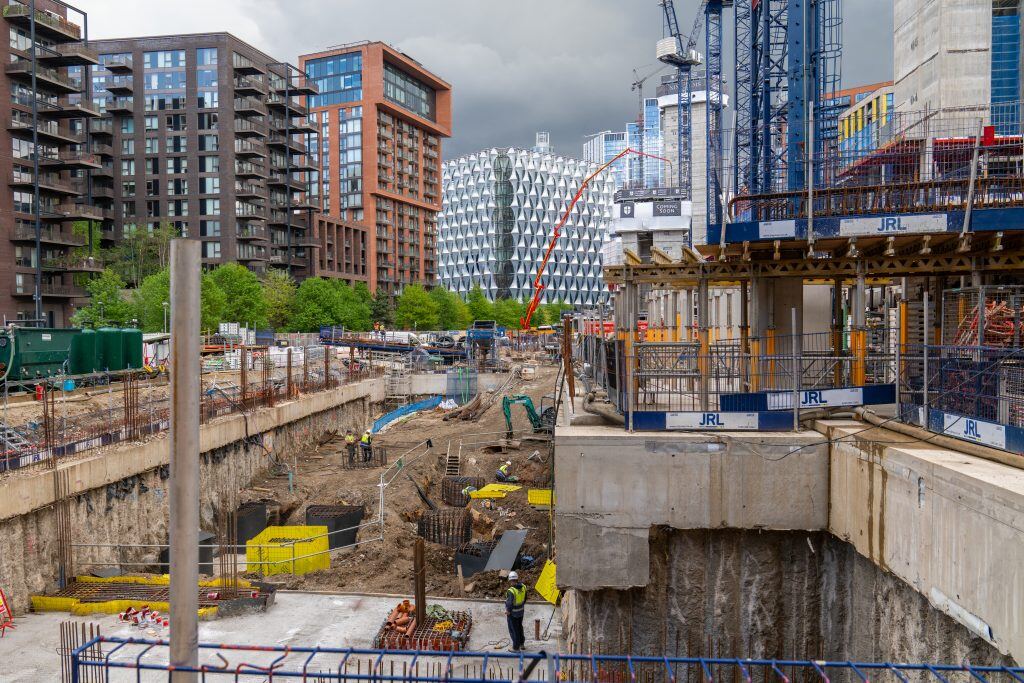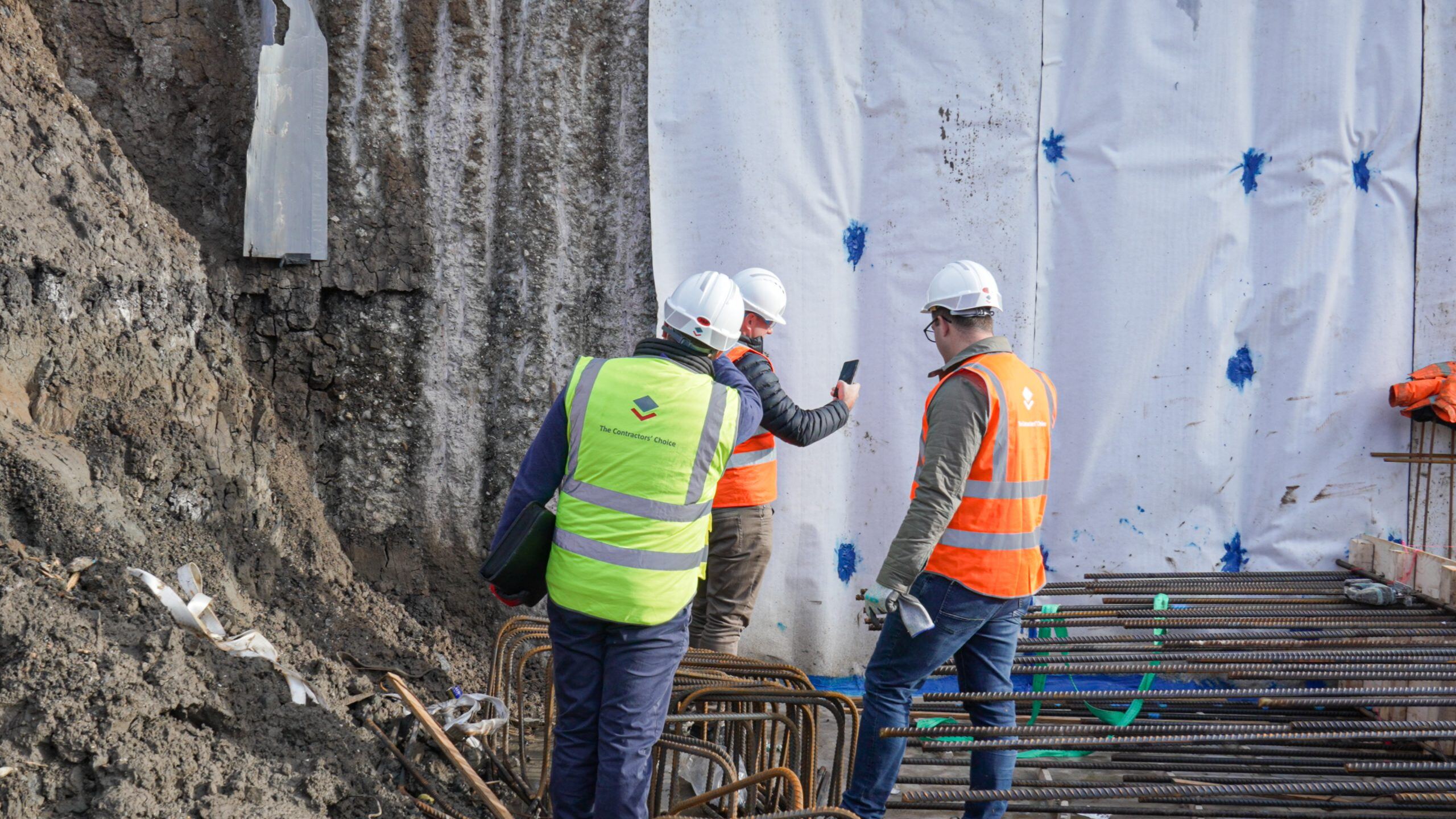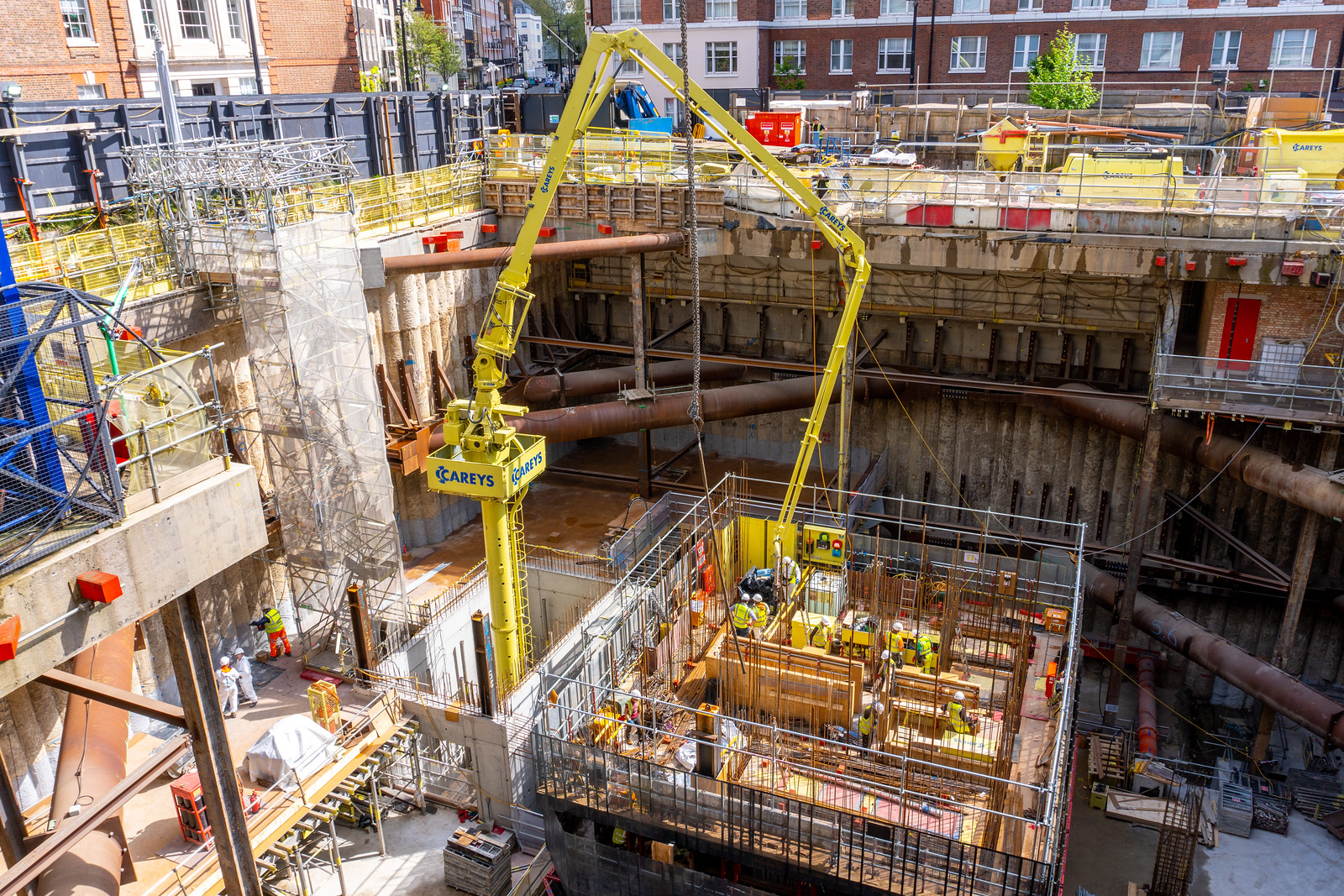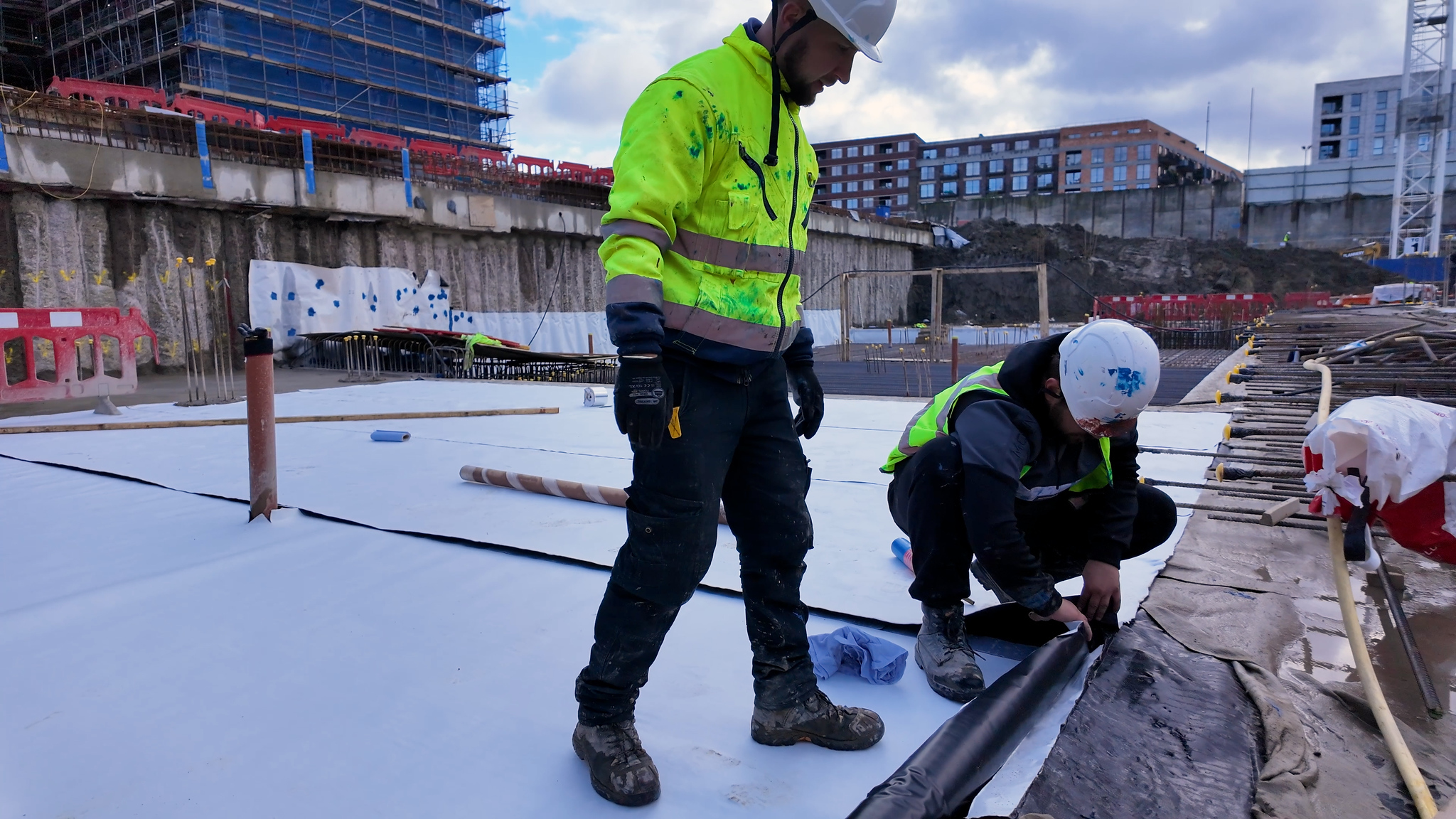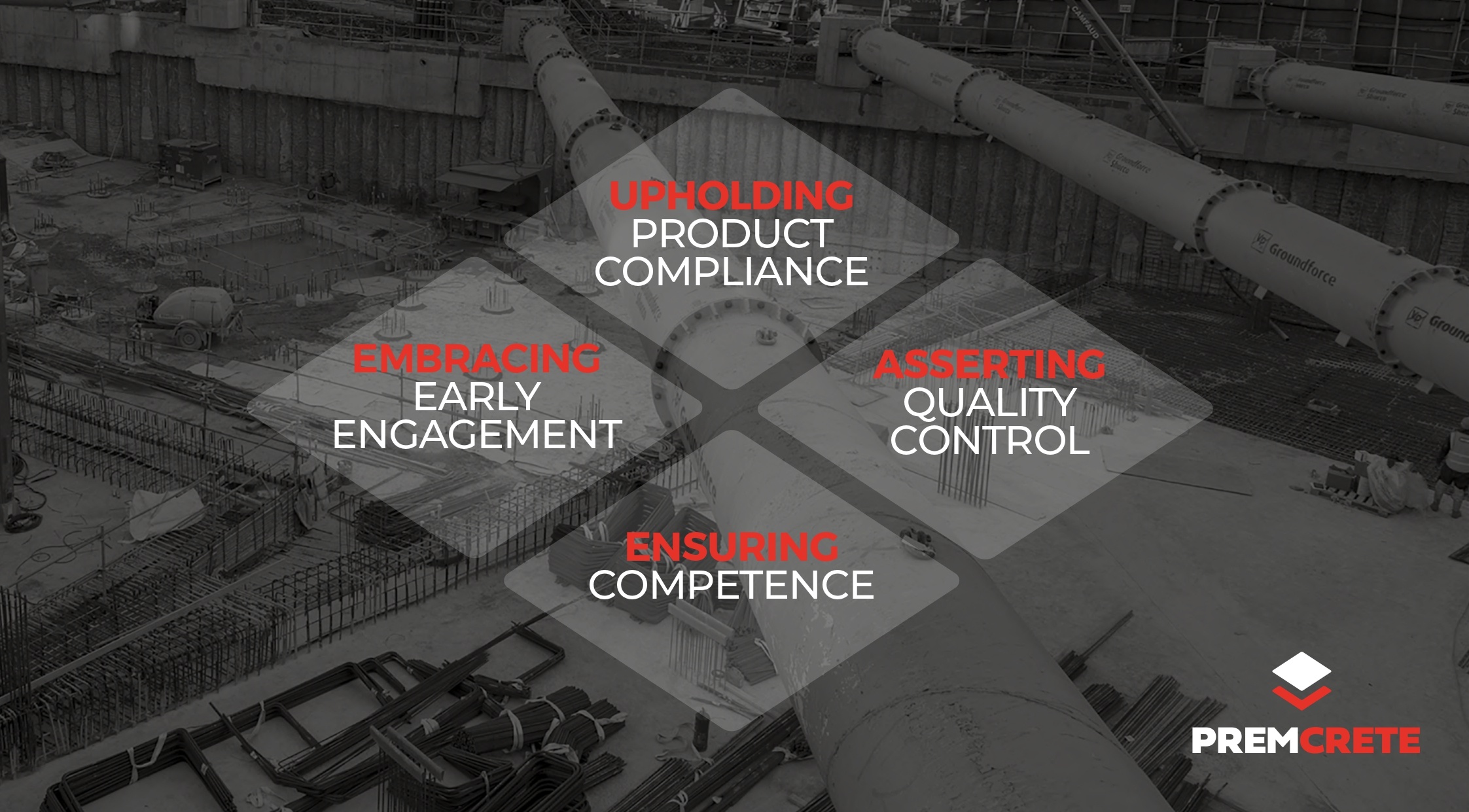In the regulated world of high-rise construction, every material decision is scrutinised — and rightly so. But when it comes to specialist systems like waterproofing, gas protection, and heave protection, the complexity goes far beyond product substitution. These aren’t surface finishes. They're structural interfaces. And changing them can affect more than just the materials used — it can impact the structure itself.
At Premcrete, we’ve worked on hundreds of high-rises and below-ground structures, and we know first-hand how our systems integrate with the structural design. That’s why we take change control seriously, especially in the context of the Building Safety Act and the Building (Higher-Risk Buildings Procedures) Regulations 2023.
Here’s why waterproofing and gas protection are not simple swaps — and when a change might be considered notifiable or even major.
Is the Waterproofing or Gas Protection Embedded in the Structure?
If a waterproofing or gas membrane is cast within the concrete structure — for example, as a Type B waterproofing system — then changing that material alters the design and assumptions of the structure itself.
Example: A change from Premcrete's integral Type B system to a membrane externally bonded to the wall would:
- Affect loading assumptions on retaining walls
- Require changes to fixings and wall thickness
- Possibly alter slab-edge detailing or concrete pour sequencing
This goes beyond a product change — it directly affects structural design and build methodology.
Classification: Major Change
Would the Change Affect Layout or Structural Geometry?
Changes to the waterproofing system often require adjustments to:
- Wall thicknesses
- Slab recesses
- Upstand or bunding locations
- External dimensions to accommodate build-ups
For example, switching from a liquid-applied membrane to a sheet membrane with protection boards may increase overall wall thickness and push out the structure.
Even subtle layout shifts like this may:
- Affect fire compartmentation zones
- Require planning re-approval
- Conflict with other trades or containment routes
Classification: Likely Notifiable or Major Change depending on impact
Does the Change Affect Structural Loading?
Some waterproofing or gas protection systems contribute to loading assumptions or are supported by them. For example:
- Installing a gas venting layer beneath a slab may affect sub-base build-up
- Switching to a void-forming product for heave protection (e.g. Premcrete's VOID-TEK) may alter ground movement assumptions and affect slab design
If a change adds or removes weight, stiffness, or voids within or beneath the structure, it must be reviewed by the structural engineer.
Classification: Major Change if structural loading is affected
Are You Downgrading the Fire or Performance Classification?
The regulations clearly state that replacing an approved product with one of a lower reaction-to-fire classification is considered a major change unless previously approved by the BSR.
So, if you:
- Replace a cavity membrane with one that has inferior fire resistance
- Swap a gas barrier with lower methane or radon resistance
- Omit part of a two-layer system
…you may be compromising the original performance classification — and could fall foul of BSR regulations.
Classification: Major Change if performance is downgraded
Even changes to products with the same classification could be notifiable if detailing, dimensions, or installation methodology changes.
Final Thoughts: Lock Down the Design Early
Here’s the hard truth: performance specifications alone aren’t cutting it anymore. We’ve seen it time and again — vague references to BS 8102 or “equivalent to BBA-certified membrane” lead to confusion, delays, and rejections. This is especially risky at Gateway 2, where clarity and competence must be proven.
That’s why Premcrete strongly recommends producing a project-specific design for waterproofing, gas protection, and heave protection systems. This design should be:
- Fully coordinated with structure and layout
- Supported by detailing, load assumptions, and performance evidence
- Integrated into the Gateway 2 submission
Once this design is approved and submitted, neither the BSR nor the client is likely to want it changed — especially after waiting weeks or months for approval. From our conversations with multiple building safety experts, the verdict is clear: changes to waterproofing are almost always considered a major change — particularly if embedded or coordinated with structure.
Moral of the story?
Lock down the design early.
Avoid redesigns.
Avoid delays.
Avoid classification headaches.
Get it right, first time.
Contact: sales@premcrete.com to find out more.

.png?width=735&height=268&name=https___app-eu1.hubspot.com_pages_143203237_editor_192530358487%20(6).png)
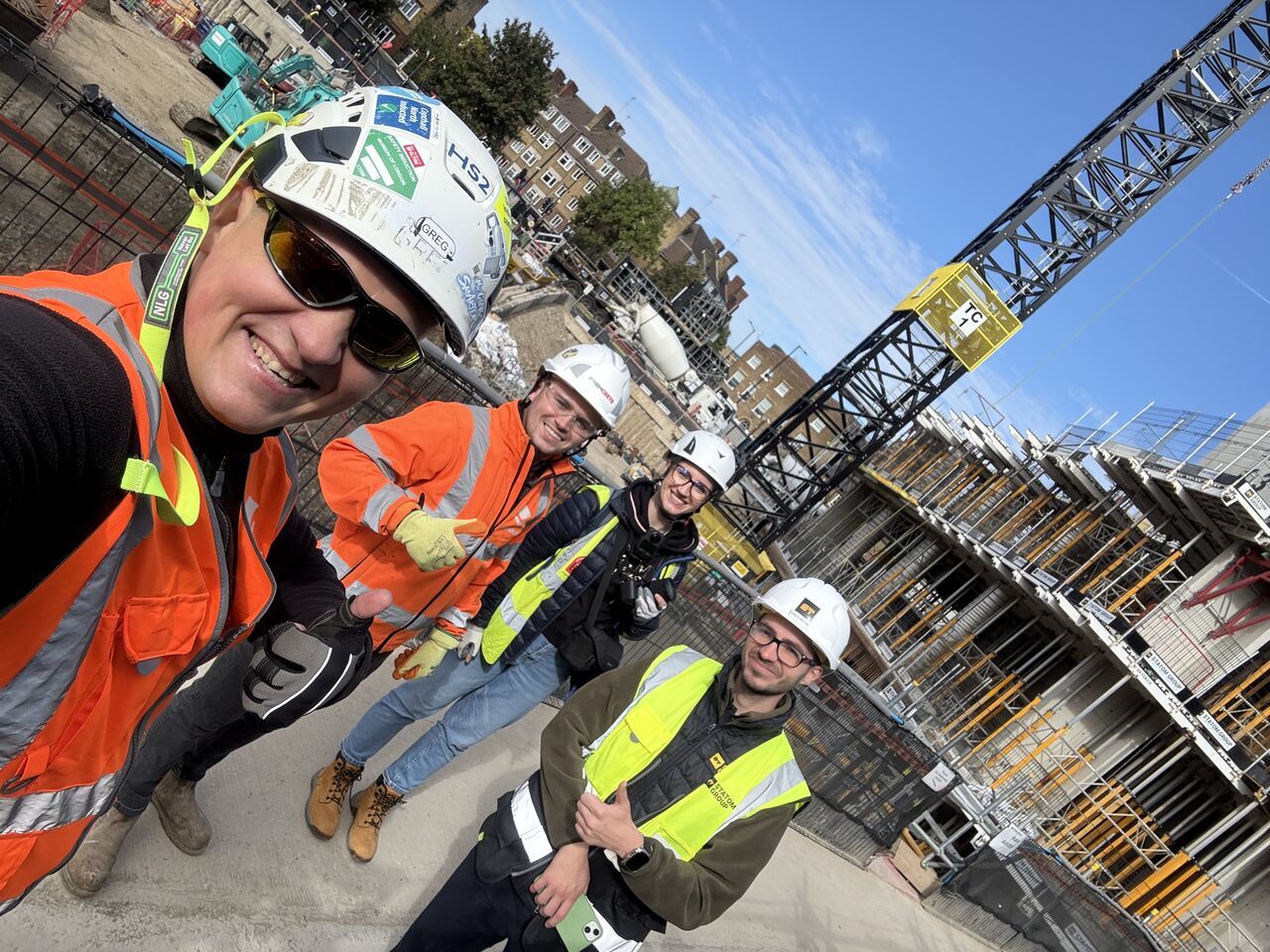
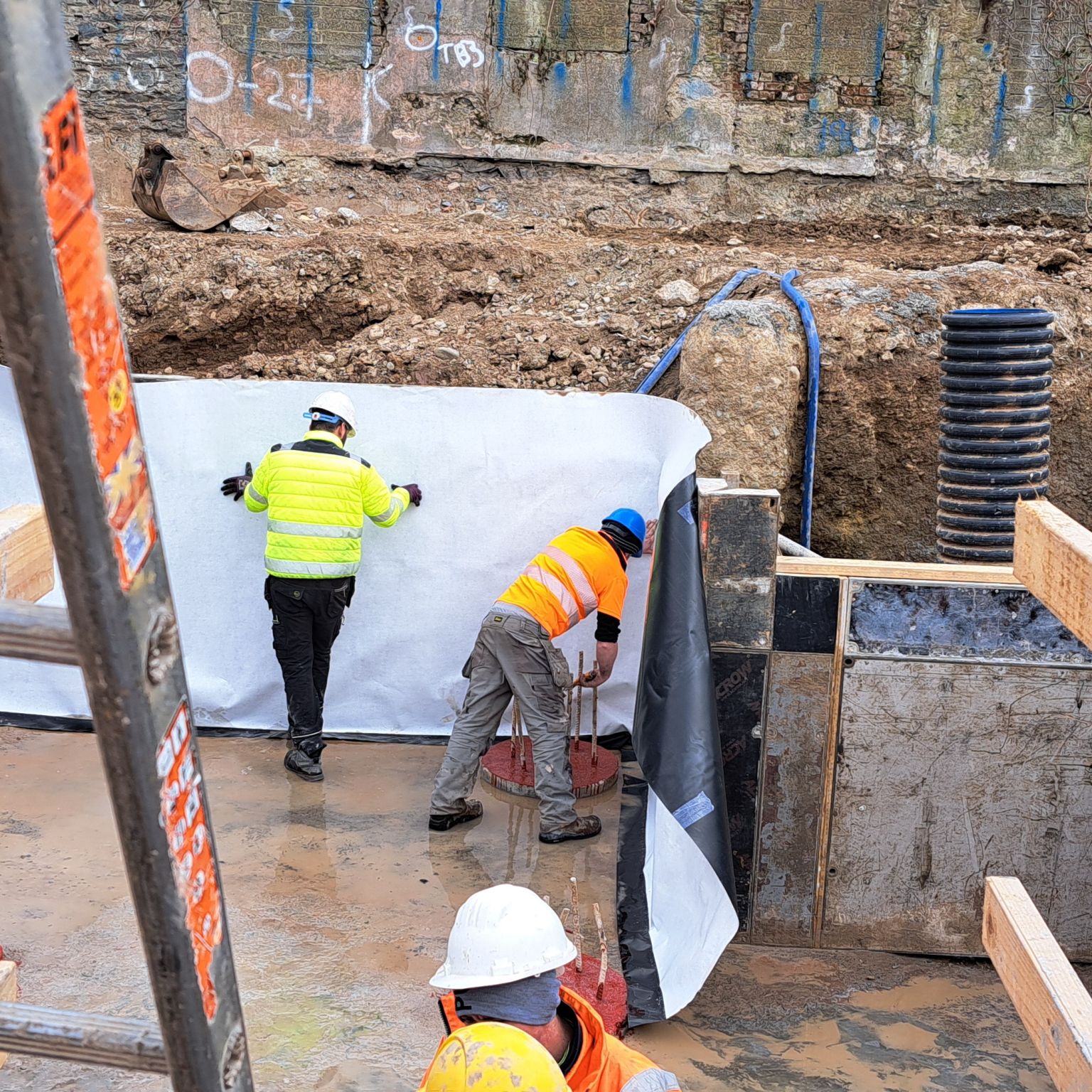
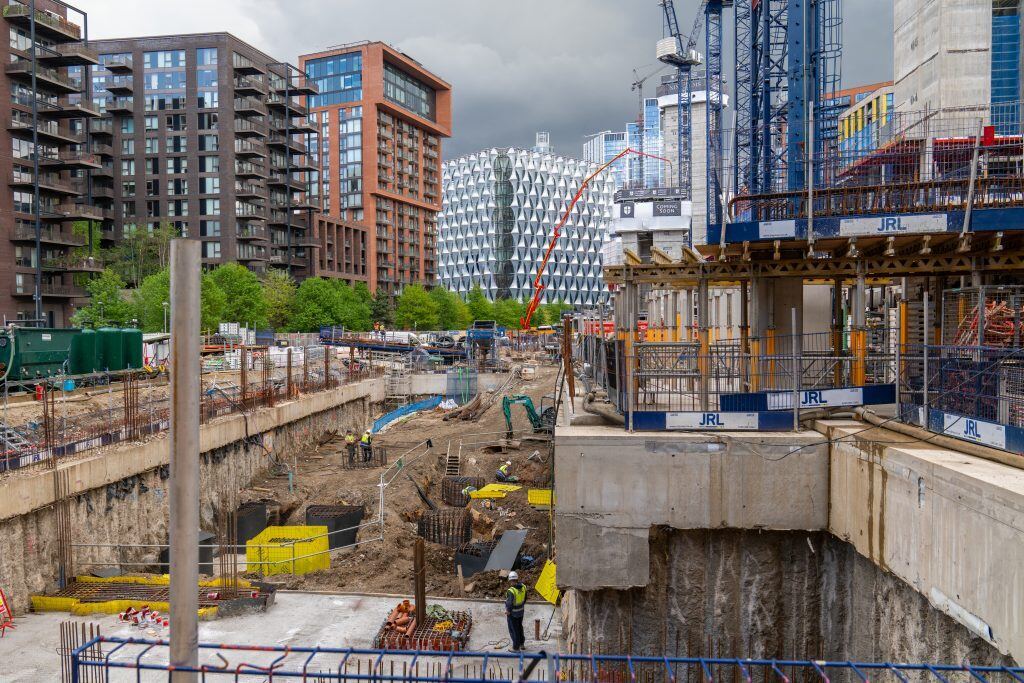
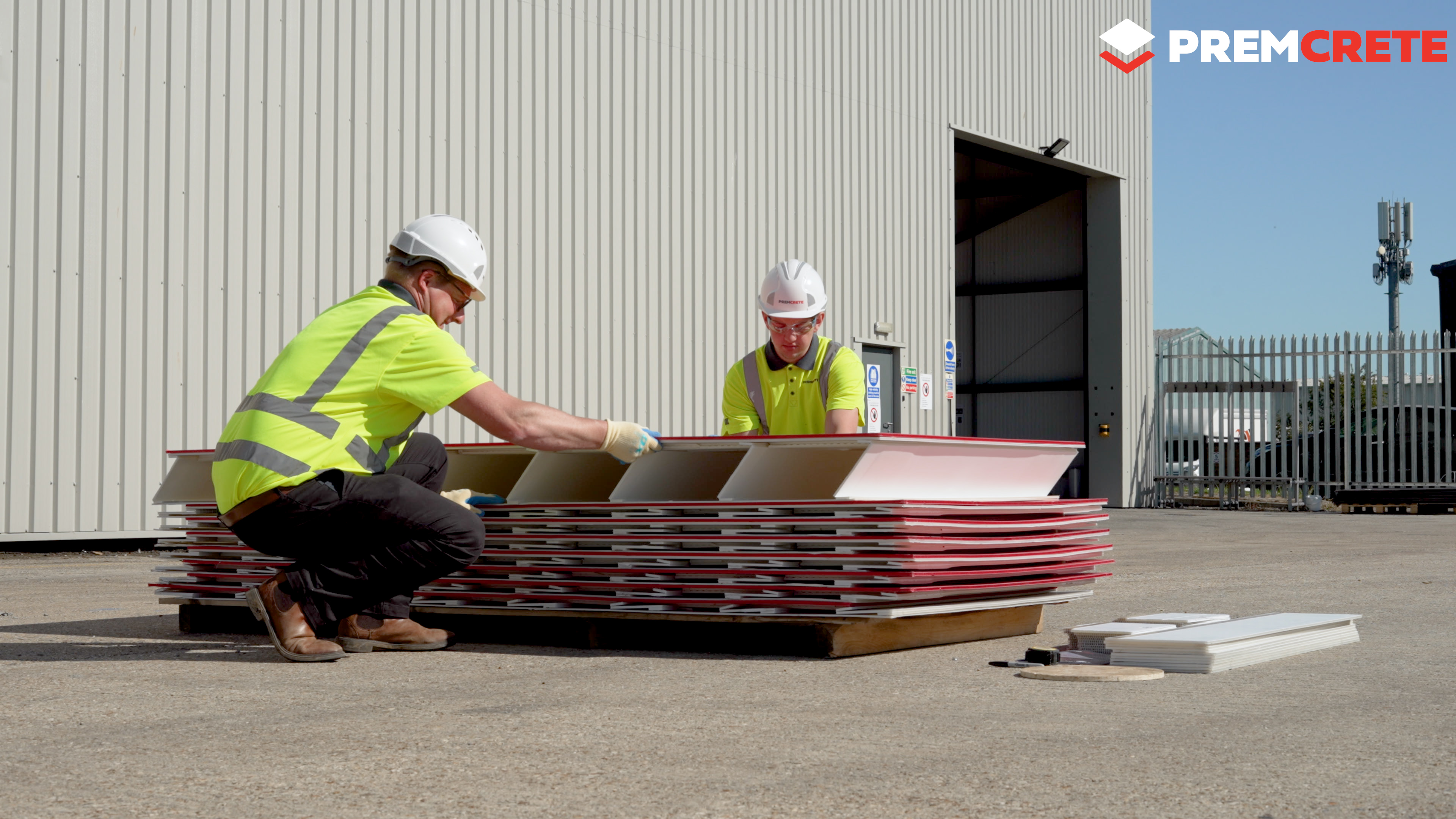
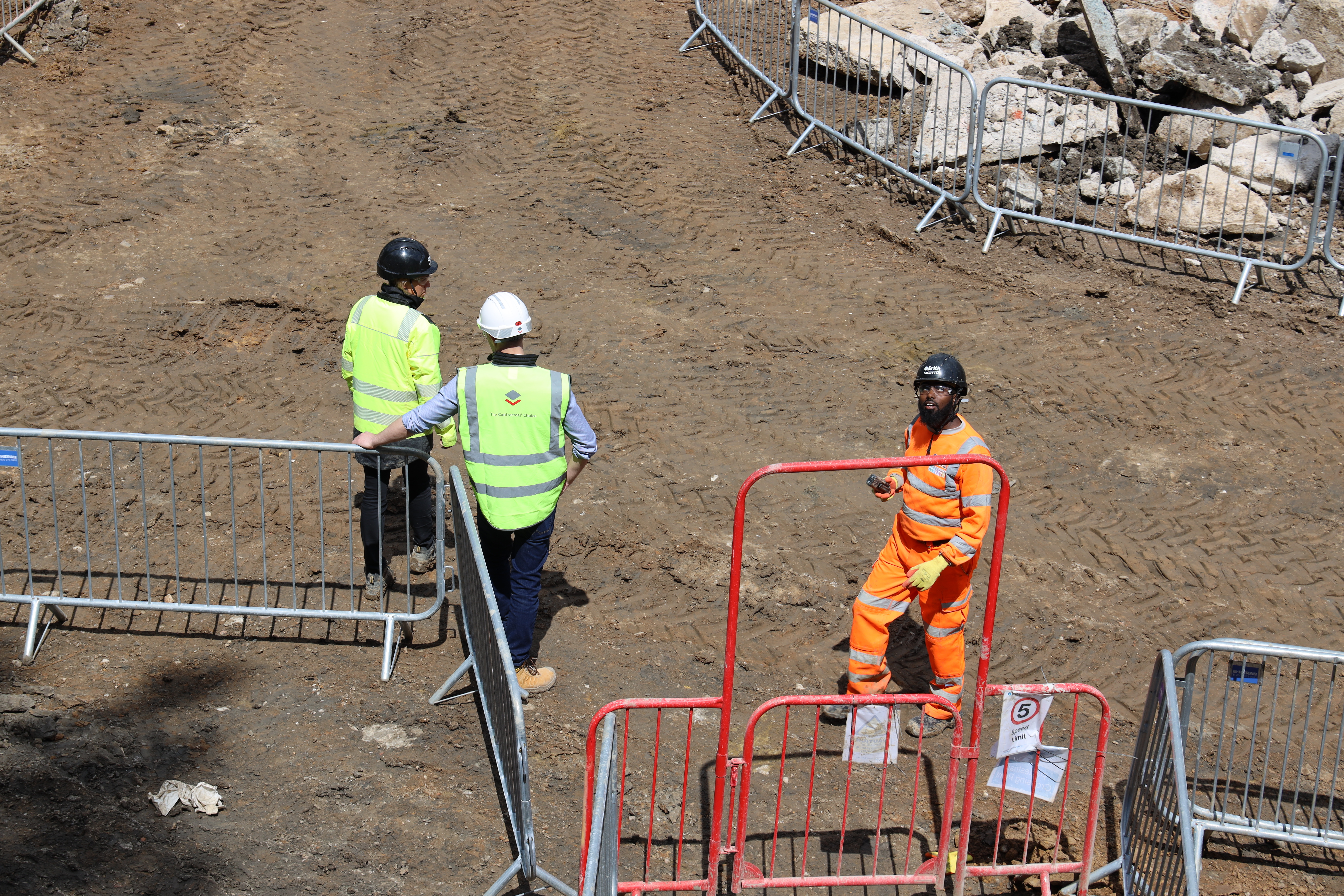

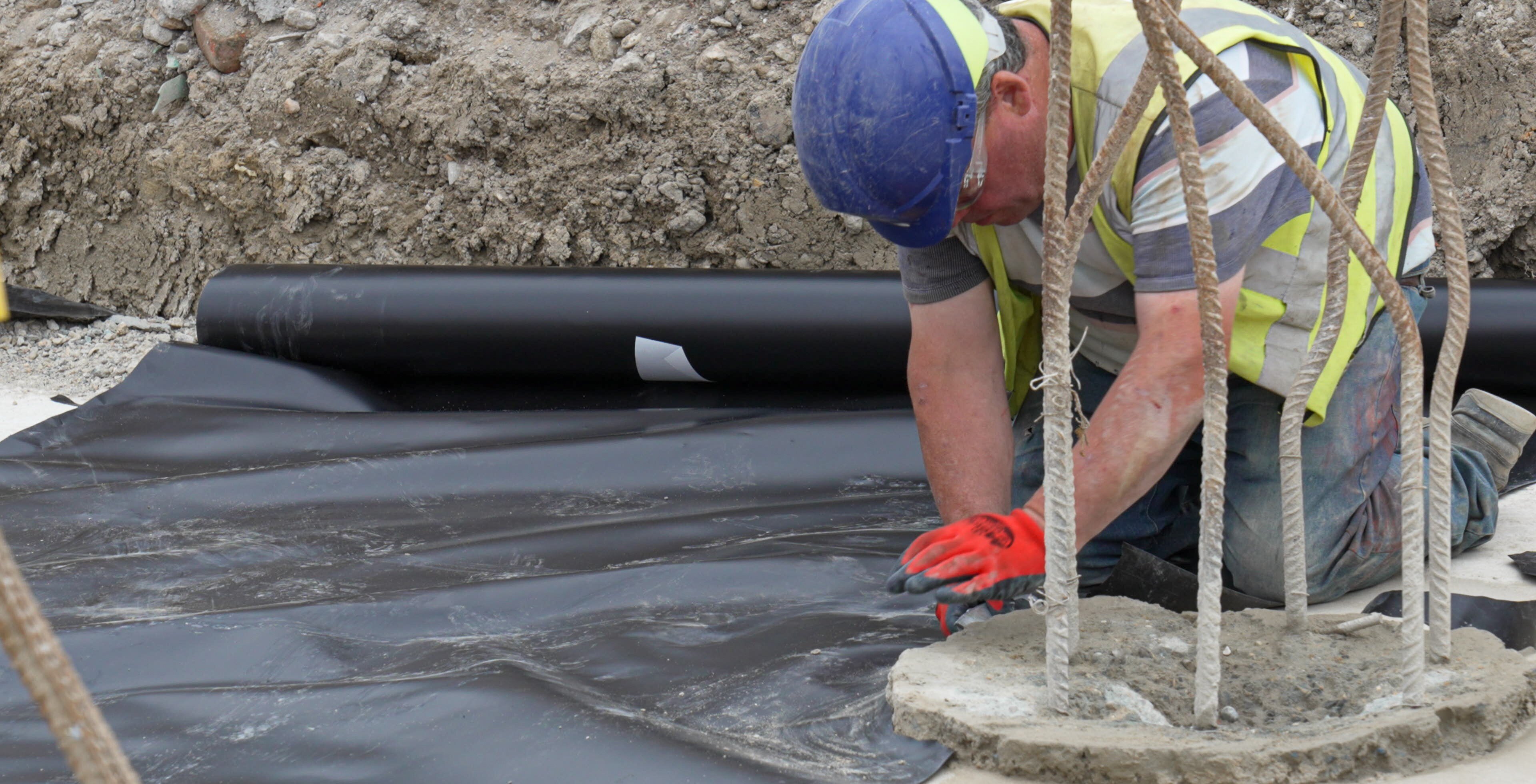
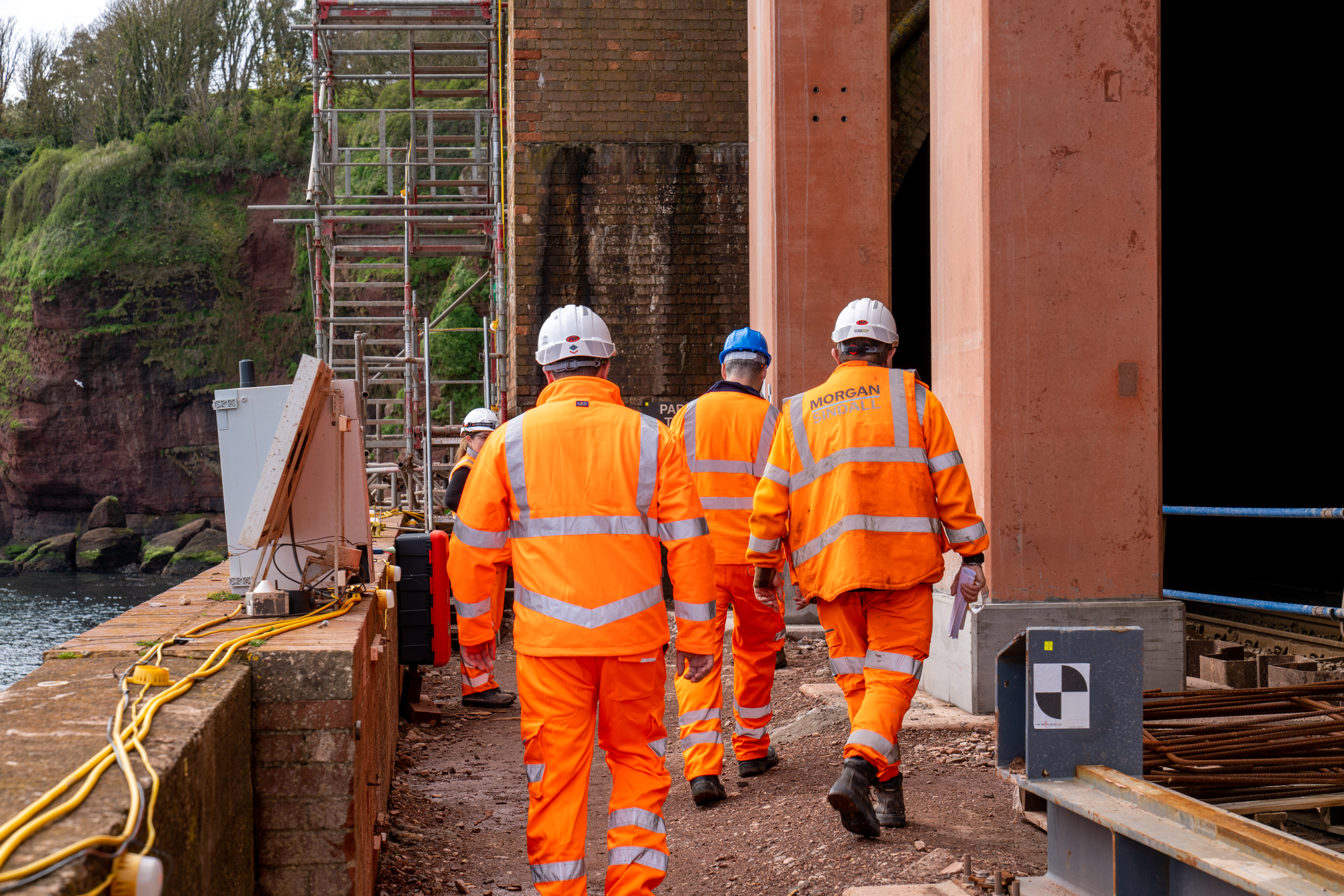
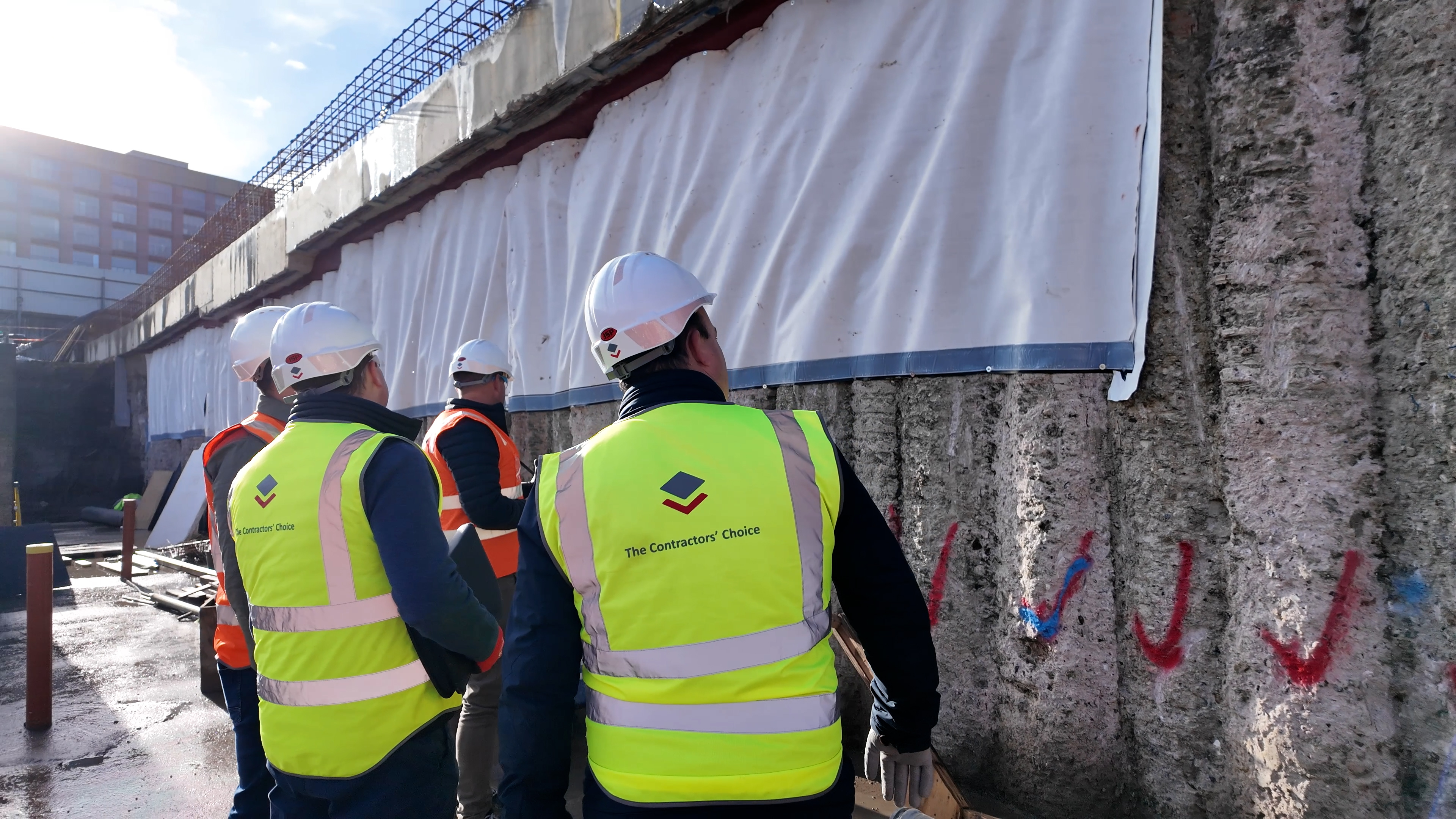
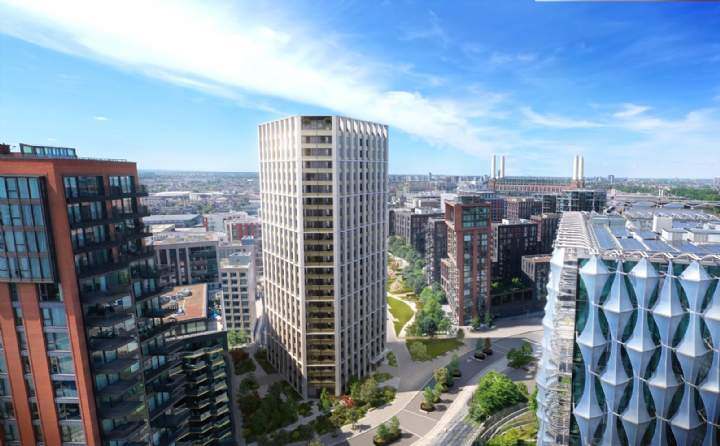
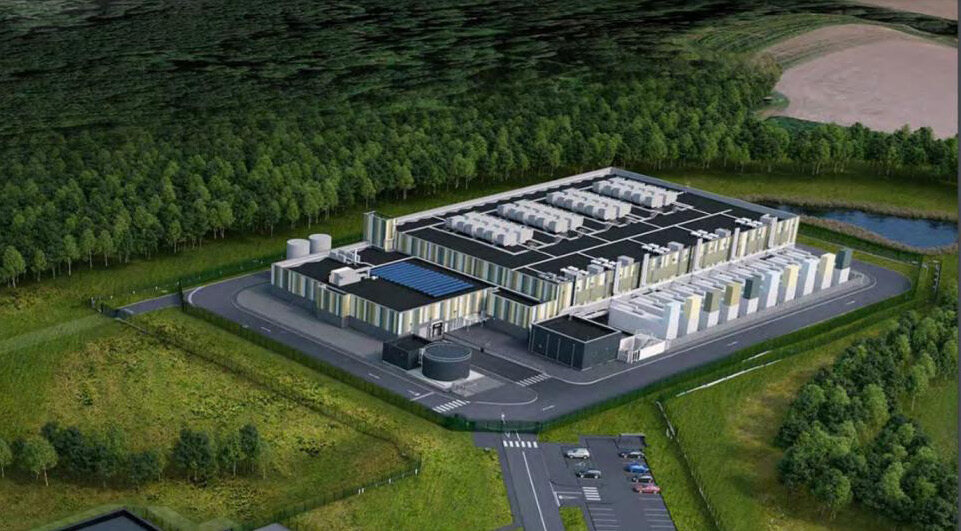
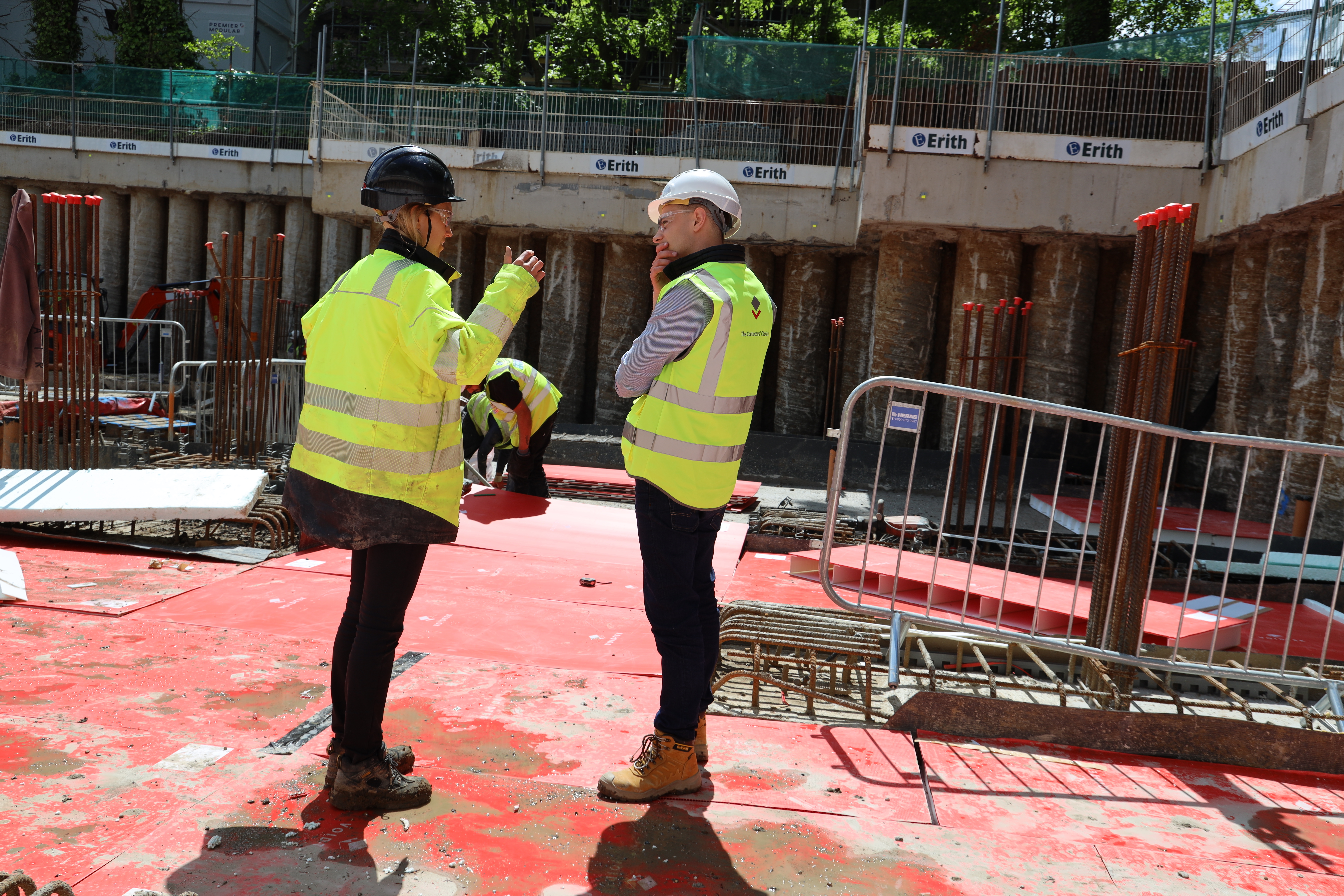
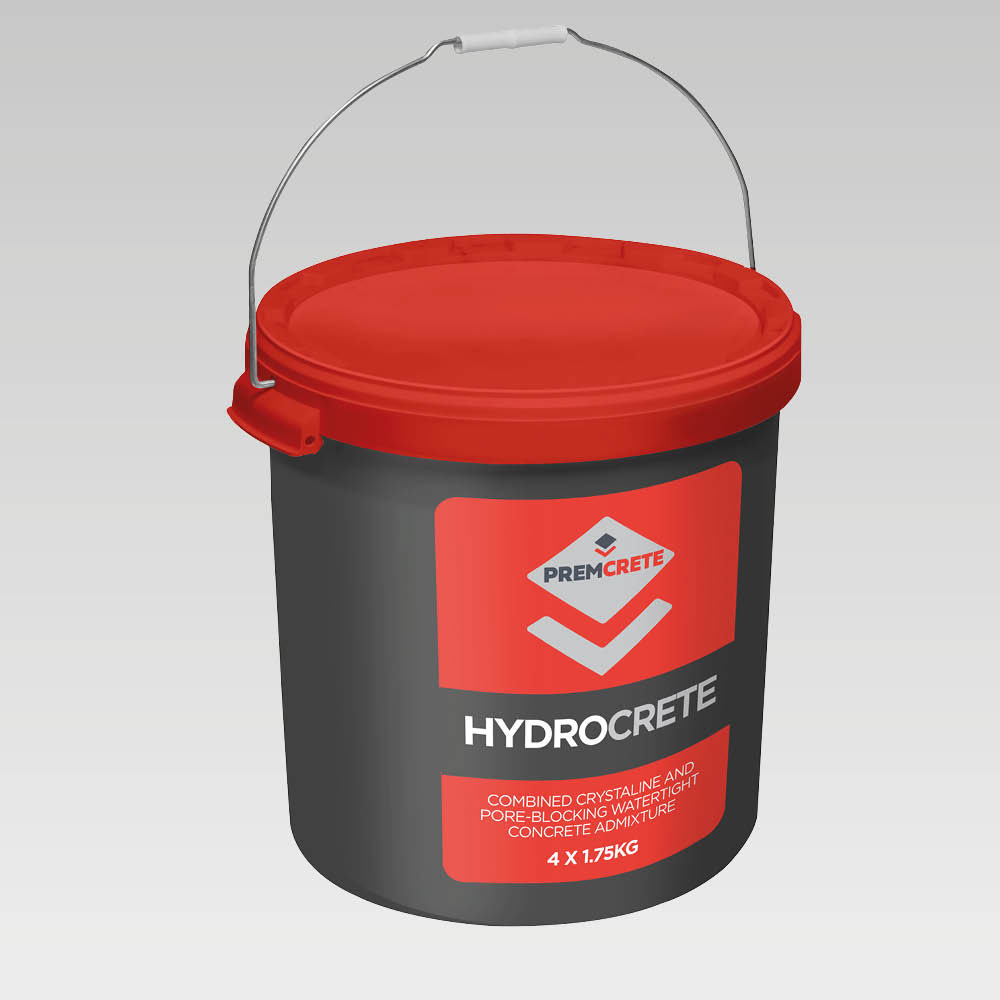
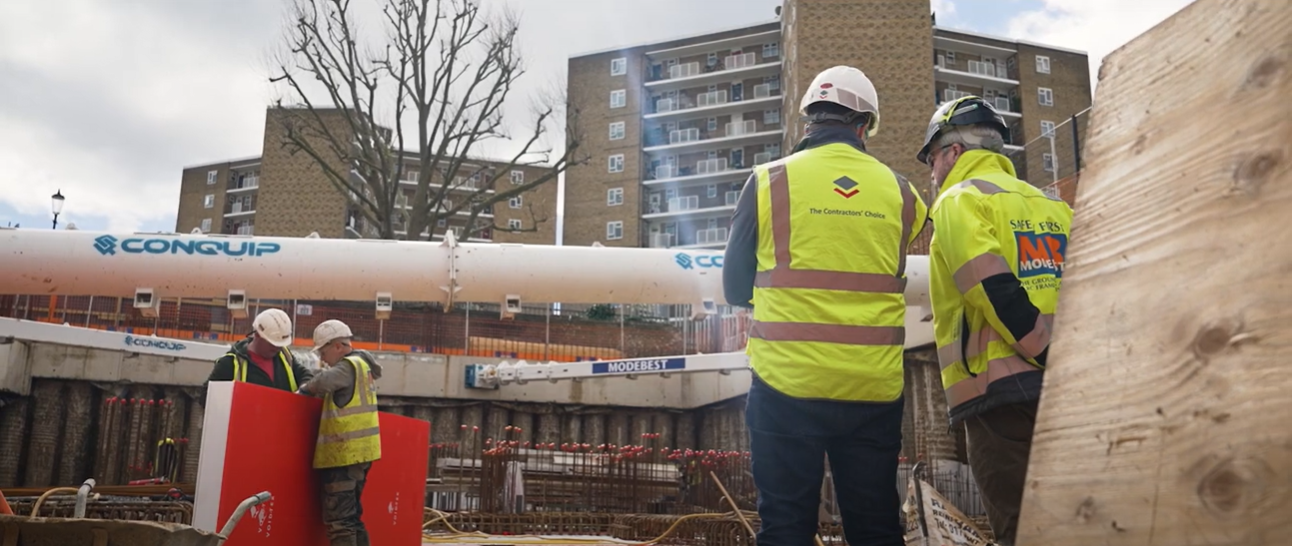

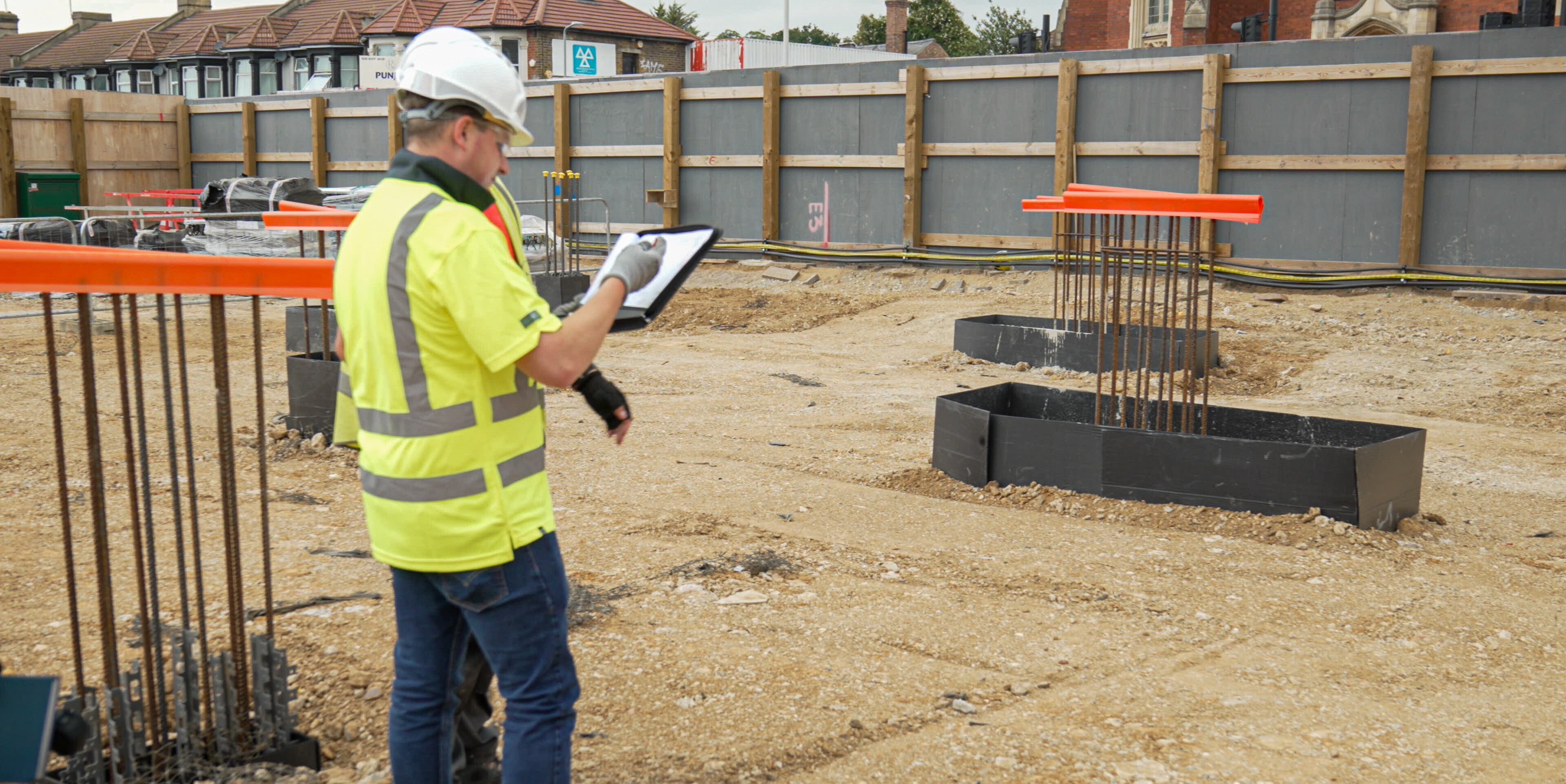
-1.jpg)
